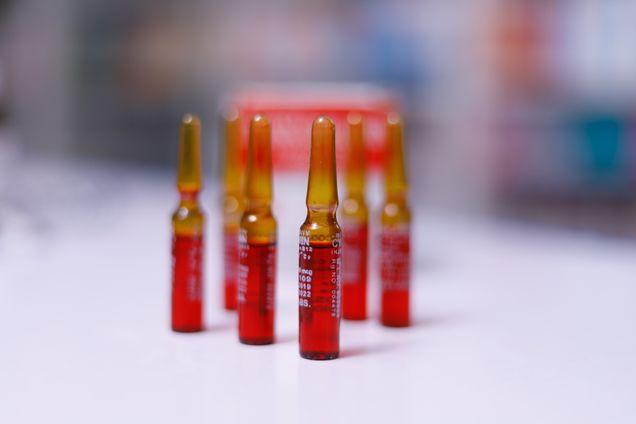Access to Medicines Activism: Collaboration, Conflicts, and Complementarities

Activists, legal scholars and global health experts have worked with key global health institutions, leadings Indian generic medicines producers and a group of low- and middle-income countries (LMICs) to achieve remarkable success in lowering the price of antiretroviral (ARV) medicines in response to the global AIDS pandemic. The need for increased access to these medicines emerged from the global intellectual property (IP) protections established by the Agreement on Trade-Related Aspects of Intellectual Property Rights (TRIPS). As the access-to-medicines movement continued, new challenges have arisen surrounding IP and patent protections.
A chapter in the Northeastern Public Law and Theory Faculty Research Papers Series by Brook K. Baker addresses three phases of access-to-medicines advocacy. The first phase began in the 1990s when global cooperation and collaboration between advocates grew as they confronted HIV. The second phase, beginning in the mid-2000s, focused on using a plethora of access strategies to overcome patent monopolies on medicines. In the third phase, as activists turned to new diseases and new issues, new tensions have arisen about the impact of these activities on the historical global health justice issues of ensuring affordable access to existing medicines in LMICs.
The author explains that old and new conflicts have emerged throughout these three phases, and these tensions and fractures must be redressed. There is no single strategy sufficient enough to ensure universal access to affordable health technologies. The biopharmaceutical industry has enormous economic clout and political leverage as well as the support of rich countries. This chapter will contribute to better collaboration, cohesion and trust in the access-to-medicines movement as it continues its struggle against a trillion dollar industry.
Read the Book